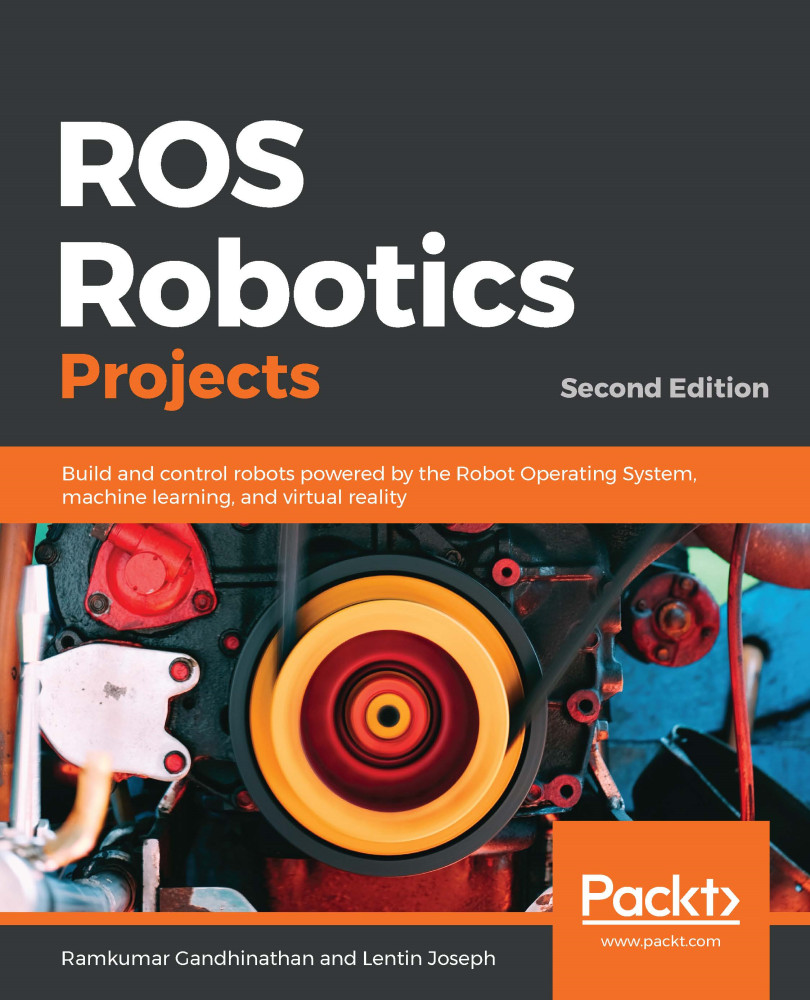We have set up scikit-learn, so what is next? Actually, we are going to discuss a popular machine learning technique called SVM and its applications in robotics. After discussing the basics, we can implement an ROS application using SVM.
So, what is SVM? It is a supervised machine learning algorithm that can be used for classification or regression. In SVM, we plot each data item in n-dimensional space along with its value. After plotting, it performs classification by finding a hyper-plane that separates those data points. This is how the basic classification is done! SVM can perform better for small datasets, but it does not do well if the dataset is very large. Also, it will not be suitable if the dataset has noisy data. SVM is widely used in robotics, especially in computer vision for classifying objects and various kinds...


































































